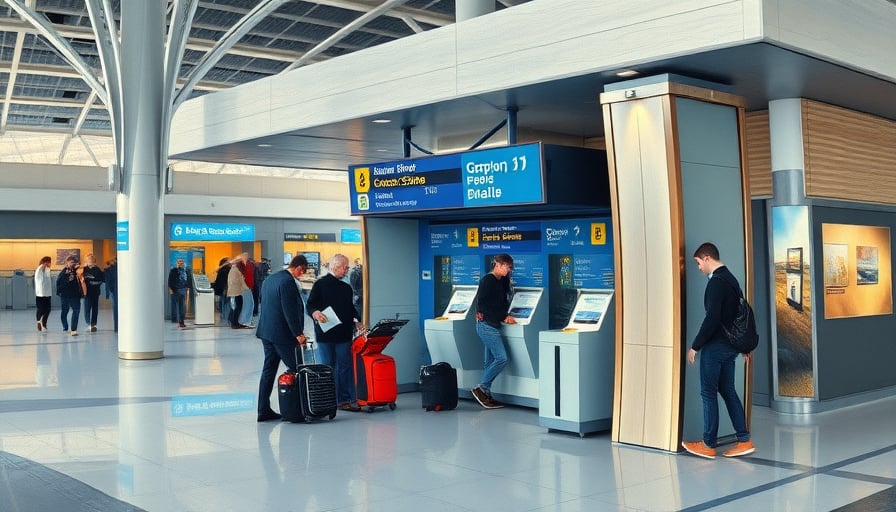In the ever-evolving landscape of the Consumer Discretionary sector, Cava Group Inc. stands as a notable entity, albeit one that has recently encountered significant financial turbulence. As a U.S.-based restaurant chain specializing in Mediterranean fast-casual cuisine, Cava has carved out a niche for itself with offerings that extend beyond the dining table to include a range of dips, spreads, and dressings. Despite its innovative approach and nationwide presence, the company’s financial metrics paint a picture of volatility and challenge.
As of November 23, 2025, Cava’s stock closed at $46.8, a stark contrast to its 52-week high of $153.34 recorded on December 4, 2024. This dramatic decline underscores the volatility that has characterized Cava’s market performance over the past year. The 52-week low, observed on November 19, 2025, at $43.41, further highlights the precarious position in which the company finds itself. Such fluctuations are not merely numbers on a chart; they reflect the underlying challenges and investor skepticism that Cava faces in a highly competitive market.
With a market capitalization of $5.67 billion, Cava’s valuation is a testament to its once-promising potential. However, the current financial landscape, marked by a price-to-earnings ratio of 43.44, raises questions about the sustainability of its business model and growth prospects. This ratio, significantly higher than industry averages, suggests that investors are pricing in substantial future growth. Yet, the reality on the ground, as evidenced by the stock’s performance, indicates a disconnect between expectations and actual outcomes.
The challenges facing Cava are emblematic of broader trends within the Consumer Discretionary sector, where consumer preferences and competitive pressures are constantly shifting. In this context, Cava’s ability to innovate and adapt is not just a matter of business strategy but of survival. The company’s offerings, while diverse, must resonate with a consumer base that is increasingly discerning and cost-conscious.
Moreover, Cava’s nationwide presence, while a strength, also presents logistical and operational challenges. The ability to maintain consistency in quality and service across a vast network of locations is a daunting task, one that requires significant investment and strategic foresight. In an era where digital platforms and delivery services are reshaping the dining experience, Cava’s adaptability to these trends will be critical.
In conclusion, Cava Group Inc. finds itself at a crossroads. The company’s innovative approach to Mediterranean fast-casual cuisine and its expansion into related product lines have set it apart in a crowded market. However, the financial metrics and market performance indicate a need for introspection and strategic recalibration. As Cava navigates the challenges ahead, its ability to align its offerings with consumer expectations and operational realities will be paramount. The coming months will be crucial in determining whether Cava can stabilize its financial performance and reclaim its position as a leader in the fast-casual dining sector.




